Arts & Culture
Three Artists You Should Look Out For This 2018
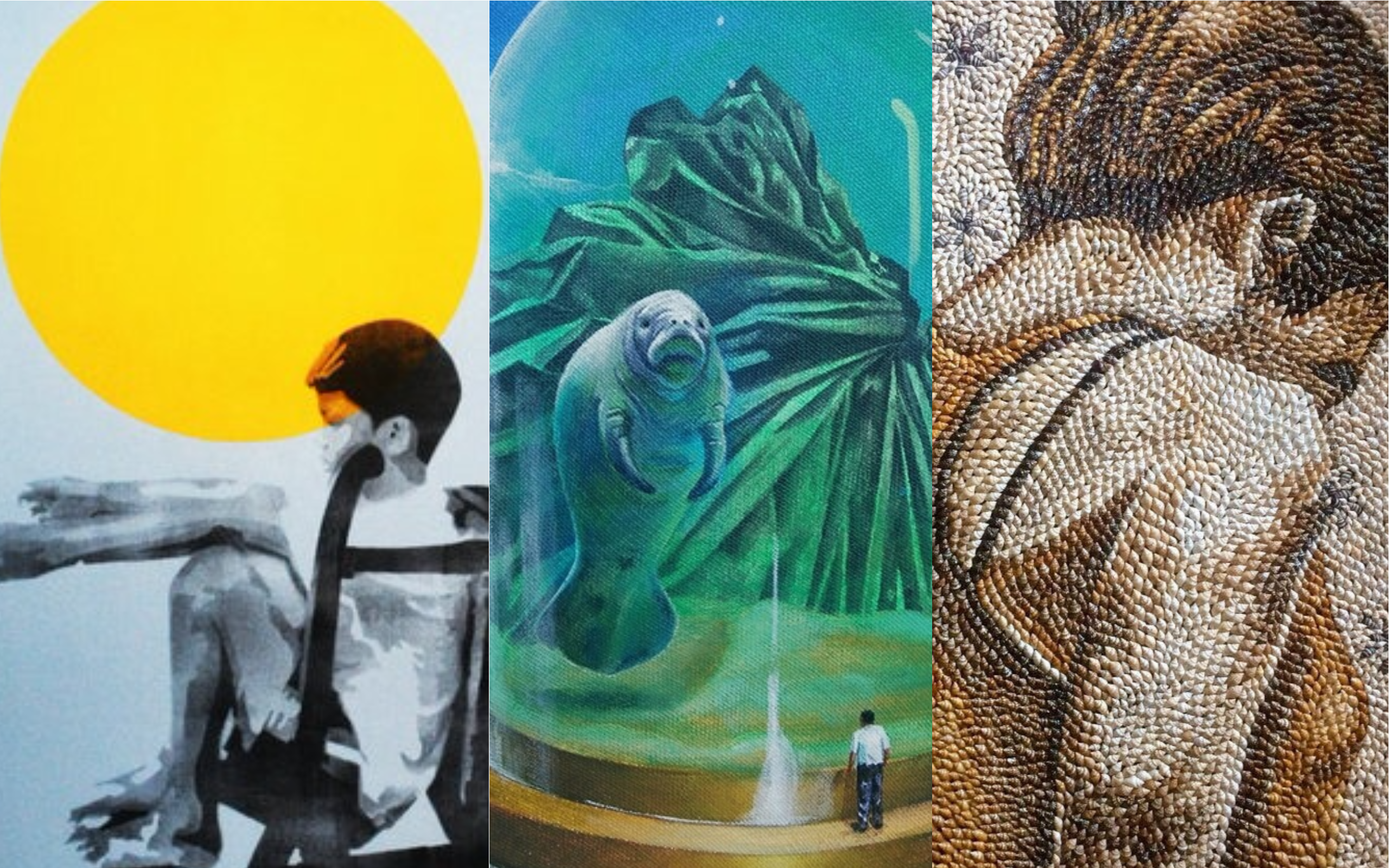
“Art, freedom and creativity will change society faster than politics.” – Victor Pinchuk
Artists have been in this world since who knows when. From as simple as drawing a picture to creating award-winning films, their outputs served as both entertaining and meaningful to their audience.
Here in Cebu, we have unquestionably contributed equal share of talents. As years go on and on, the Cebuano art scene is continuously growing, adapting and evolving at the same time.
Last year, the Cebuano creative circle proved that art’s life is unending. Galleries of well-known Bisaya artists are still highlighted events. In fact, some newbies who aspire to participate in the art scene showed not only good potential skills but perceive themselves as people who can actually make a difference. And I’d like to quote Maria Gigante’s answer in Binibining Cebu 2017, “As a millennial, I have learned that you should never be afraid of being the same. Being one in an army of people who are ready and willing to make a difference in the world.”
That rings true to these three artists who not only earned the limelight in visual arts, but also deserve to be role models in our society.
The Archiver: Mark “Kidlat” Copino

Marc Copino, more famously known as Kidlat, is known for his minimalist stencil works. He stopped attending art school and made his way to the art scene in a different approach.
Have you always been this artistic?
“Yes. I developed my skills through my passion in street art. My first exhibit was in Kukuk’s Nest in 2005. That time, it really wasn’t something of a big deal. But last year, I got the opportunity to have a show in Qube Gallery and that, for me, was something more.”

“Ang Pagpanimpalad sa Managhigala Didto sa Groto sa Punta “
Where do you get your inspiration?
“Mostly from everywhere, I’m quite the observer and I would usually just soak everything up like a sponge. The main inspiration though is my kid, Elias. Seeing him grow up brings a lot of memories from my own childhood and I would incorporate those in my art. In fact, he’s my model.”
Who are your role models when it comes to art?
“I have a lot of role models, it’s really hard to put them all in one list. I do appreciate the classical painters though, like Picasso, Francis Bacon and Michael Borremans.”
What projects are you currently working on?
“Currently I’m just experimenting with different styles in using stencils, some commissioned works which were recently finished. Mainly all just in preparation for my next solo show this year.”

“Mga Hunghong sa Labang-labang nga Duwa”

“Barko-Barko”
Other than visual arts, is there any other type of art you want to explore?
“I’ve always fantasized of making art through sound. Also Performance art. I actually tried performance art years ago but I want to make more now.”
As an artist, what do you think is your role in society?
“That’s a big question. You see, I have this need to create and how I see myself is more of an archiver of people’s experiences. I collect ideas, feelings and situations from everybody — categorize them and basically show it to the audience.”
What is your message to young aspiring Cebuano artists?
“Have fun. That’s the main thing. If you don’t have one then hey, what’s the point?”
The Visionary: Jayson “Daot” Bacunador

Daot may ring a bell or two. A graduate from University of the Philippines, his works are mostly influenced by pop culture. Colorful and surreal, he takes the audience to another dimension of how he sees everything.
Have you always been this artistic?
“As far as I can remember, it may have been in kindergarten. My mother is artistic and I can still remember how supportive she was back then– until now. But I remember how my skills were sharpened in high school because I’ve always joined poster-making contests. And of course, I enhanced it through graffiti.”

Sightseer
Where do you get your inspiration?
“Almost anything can be my inspiration. But when it comes to style, I’m inspired between pop art and realism. I have also developed a habit in putting orbs in my works which is inspired by the three psyches of a person: the id, ego and super ego.”
Who are your role models when it comes to art?
“I’ve always idolized artists whose works can not only be seen in canvas, but also in murals, ads, shirts or shoes even. Kaws [Brian Donnelly] is one of my favorite. His works are seen almost anywhere.”

What projects are you currently working on?
“I’m working with something commission-based but it would be nice to have another gallery this year– may it be solo or part of a group. There a lot of art events this year that I will be participating on and I aim to grow my audience.”
Other than visual arts, is there any other type of art you want to explore?
“Yes. I’ve always wanted to try sculpting. I want to make a character and maybe experiment on how he should look like. I mean, as an artist, it’s hard trying to find your own identity and exploring is my way of enhancing my skills.”

As an artist, what do you think is your role in society?
“I have big dreams for myself and for this world. I would consider myself as a provider of something interesting and expose it to people who are deprived from visual art. I want to inspire other artists, especially new ones.”
What is your message to young aspiring Cebuano artists?
“Dedicate your time to your craft, I guess. Be consistent in your progress and your attitude towards your works. Don’t be afraid of criticisms because that’s one significant element for you to evolve.”
The Mediator: Lhee Deiparine Taneo

Lhee is another contemporary artist who unexpectedly found her edge due to her thesis in University of the Philippines. Shells imported from Olango Island is transformed by the artist into a beautiful mosaic piece.
Have you always been this artistic?
“Unlike others who were born artistic, I wasn’t. When I was young, my dad had always been crafty and seeing him creating stuff made me interested in art. Apparently that interest became an urge to learn which is why I went to art school. In fact, most of my skills were developed through education already.”

Where do you get your inspiration?
“I’m inspired by random everyday thoughts that I consider relevant and should be taken consideration of.”
Who are your role models when it comes to art?
“One of the people I look up to is Frida Kahlo. I admire her strong personality and her perspective despite her tragic and melancholic life. Another artist I like is Jason Dussault. He makes tiles mosaic and they are all beautiful.”
What projects are you currently working on?
“Last year I was able to have my solo exhibit. This 2018, I am currently working on another exhibit. On the other hand, I make portraits every now and then if someone would request it.”
Other than visual arts, is there any other type of art you want to explore?
“My family have showed great interest in music. Maybe art through music would be nice to try. I also like the idea of making films especially documentaries. The thing is, it’s safe to say that I still have more room to grow. Maybe if I have more resources, I’d be glad to experiment on what else I am capable of.”


As an artist, what do you think is your role in society?
“I’d like to see myself as someone who reminds other how important it is to co-exist with each other. Most of the people are ignorant about what other’s are going through. Artists, for me, can be in other people’s shoes because I think we are keen enough to notice the things that most people overlook.”
What is your message to young aspiring Cebuano artists?
“Remain human matter how big you become.”
Kidlat, Daot and Lhee represent all artists not only in Cebu but all over the world. The way they see themselves as an active part of the society surely is an inspiration inside and outside their circle.
Arts & Culture
Queer Coding in Cinema: The Best Shows to Binge for Pride Month 2025

compiled by Edge Javier
As Pride Month 2025 goes into full swing, the best way to celebrate LGBTQIA+ voices is with a binge-worthy lineup of shows that center queer stories, joy, love, resilience — and yes, of course, drama. From groundbreaking recent series to must-watch staples and fan favorites, here are the top shows to stream this June that reflect the vibrant spectrum of the queer-coded experience.
1. Heartstopper – Season 3 (Netflix)
Nick and Charlie are back, and the coming-of-age sweetness is stronger than ever. Season 3 explores deeper emotional territory while keeping the wholesome tone fans adore. Expect more queer joy, nuanced relationships, and tearjerker moments that feel like a warm hug.

2. Drag Me to Dinner (Hulu)
Hosted by Neil Patrick Harris, this chaotic culinary competition pairs drag duos in a battle to throw the most fabulous themed dinner party. With outrageous challenges, surprise twists, and plenty of camp, queens serve up equal parts food, flair, and fierce shade. It’s RuPaul meets Top Chef—served with a side of sequins.

3. Queer Planet (Apple TV+)
Hosted by Janelle Monáe, this visually stunning docuseries dives into queerness in the animal kingdom and parallels in human identities. It’s smart, groundbreaking, and perfect for those who want to feel seen—and informed.

4. Fellow Travelers (Paramount+)
This period romance-drama set during the Lavender Scare continues to grip audiences with its tragic beauty and sharp historical insight. If you missed Season 1, now is the perfect time to catch up before the highly anticipated Season 2 lands later this year.

5. The Buccaneers – Season 2 (Apple TV+)
The unapologetically queer period drama returns with more scandal, sapphic yearning, and feminist rebellion among American heiresses navigating high society in 1870s London. Think Bridgerton, but with more edge and better sapphic representation.
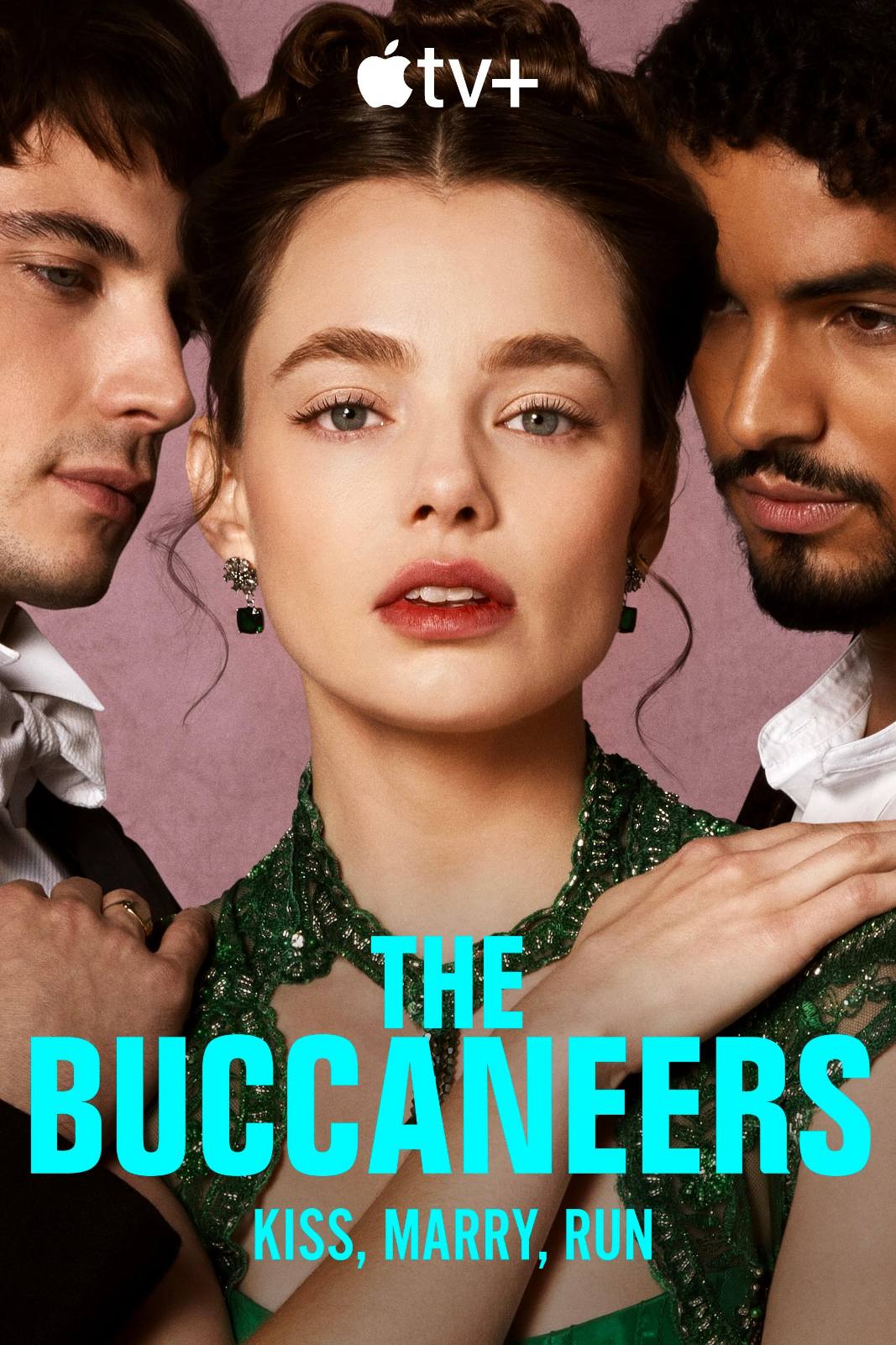
6. Our Flag Means Death – The Finale Special (Max)
This fan-favorite pirate rom-com wraps up with a one-hour finale special airing this June. Whether you’re rewatching from the start or jumping into the last hurrah, this show remains a shining example of queer love told with heart and humor.
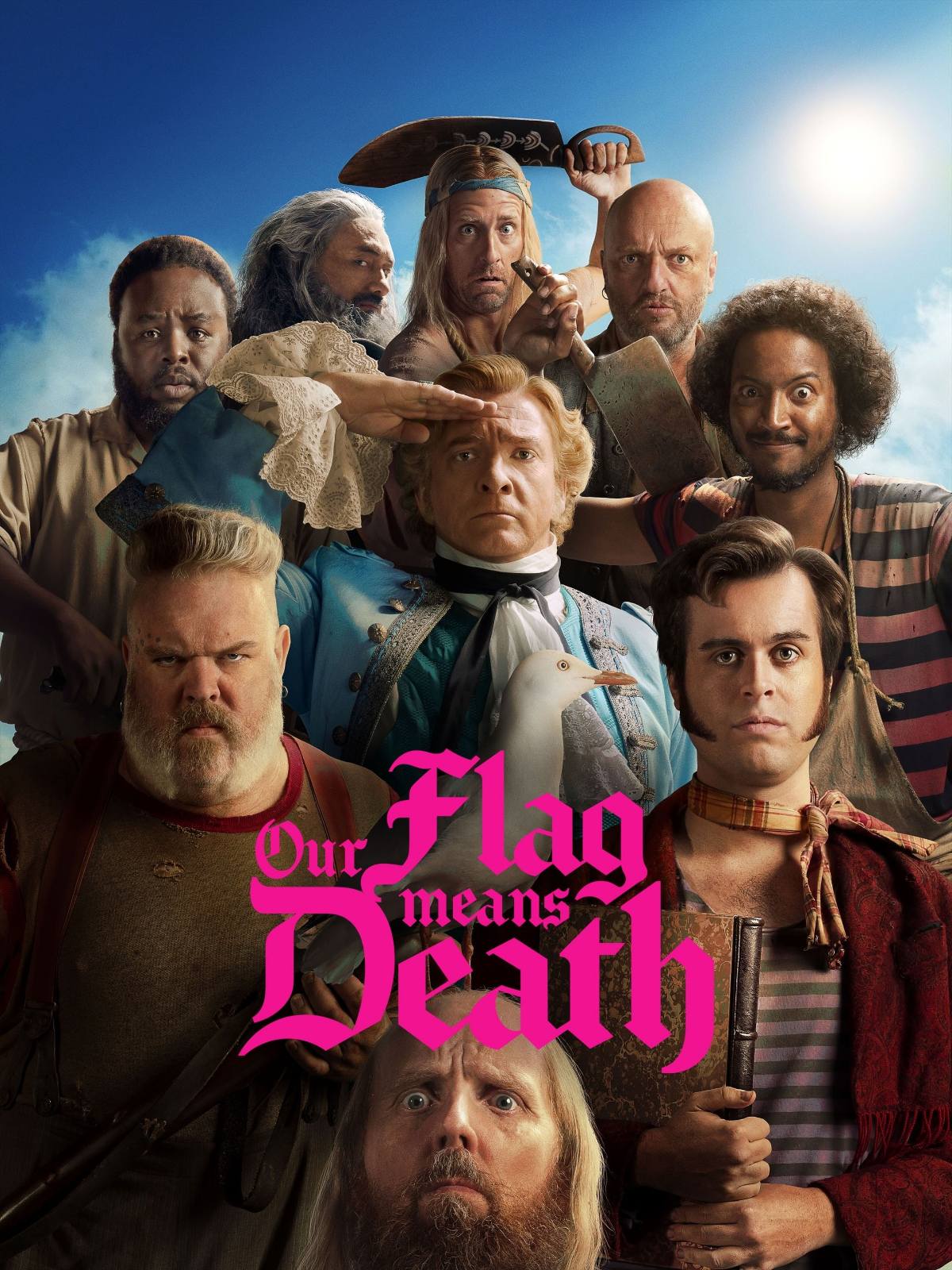
7. This Is Me Now… The Series (Prime Video)
Following Jennifer Lopez’s genre-blurring film-musical hybrid, the series version delves into themes of love, identity, and self-acceptance, and features cameos by queer icons and allies. It’s campy, messy, and made for Pride Month mood-boosting.
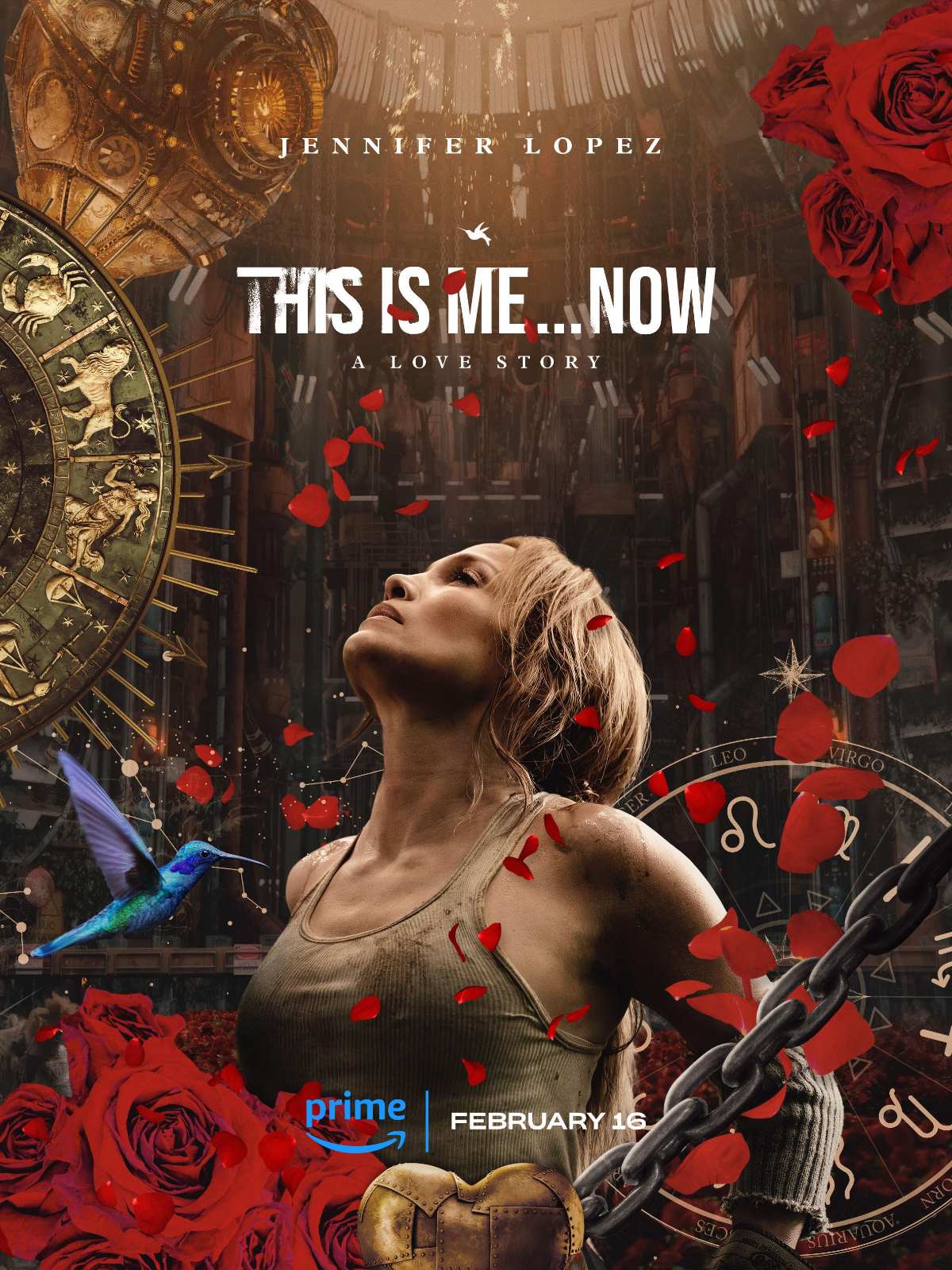
8. Sort Of – Final Season (Max)
This critically acclaimed dramedy about a gender-fluid millennial navigating love, grief, and identity in Toronto comes to a close with an emotionally rich final season. A thoughtful and often hilarious story that never loses its beating heart.
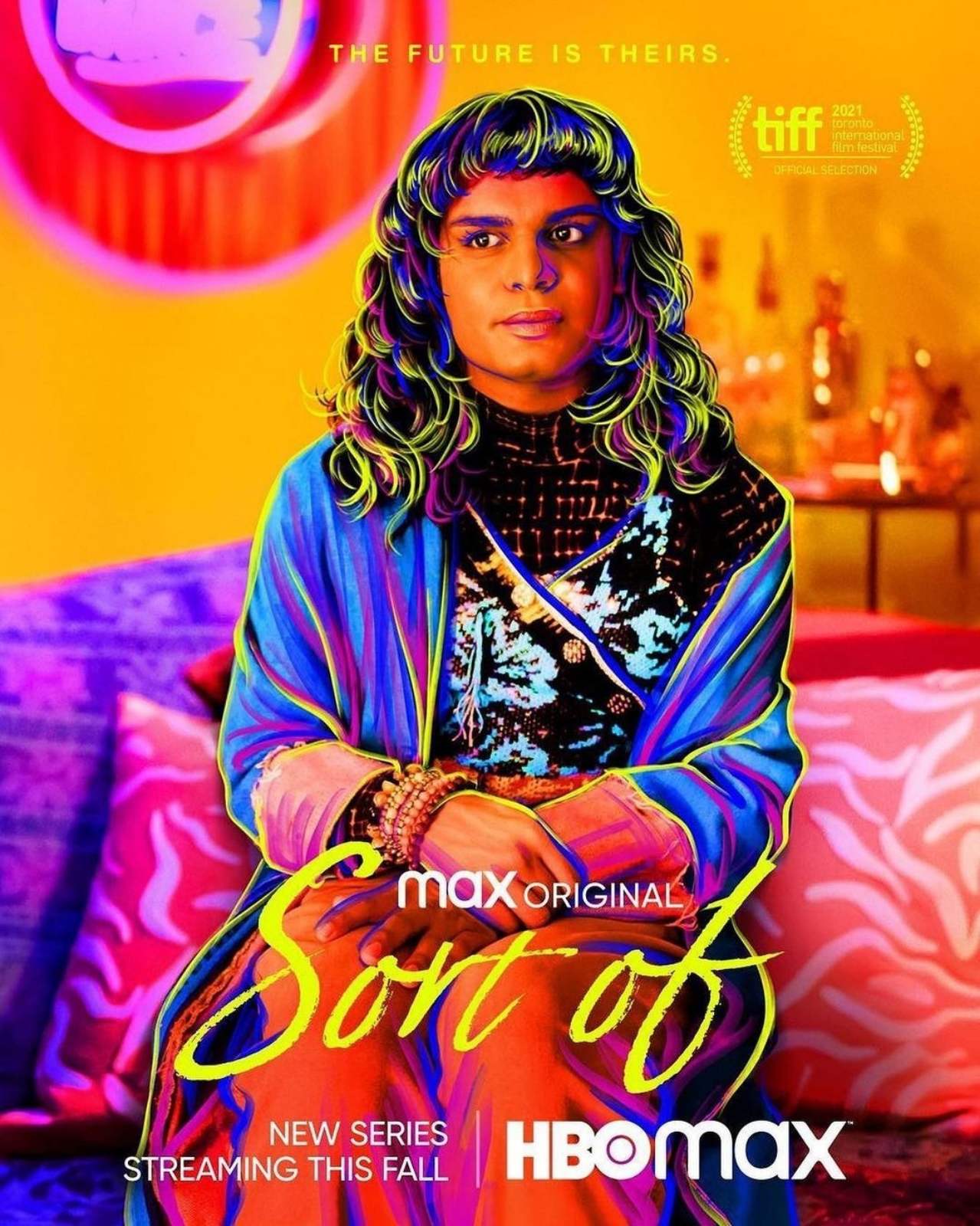
9. Red, White & Royal Blue – Limited Series (Prime Video)
After the hit film adaptation, the beloved queer romance returns in a serialized format, expanding on Alex and Henry’s story with new twists and deeper character arcs. It’s romantic escapism, elevated.
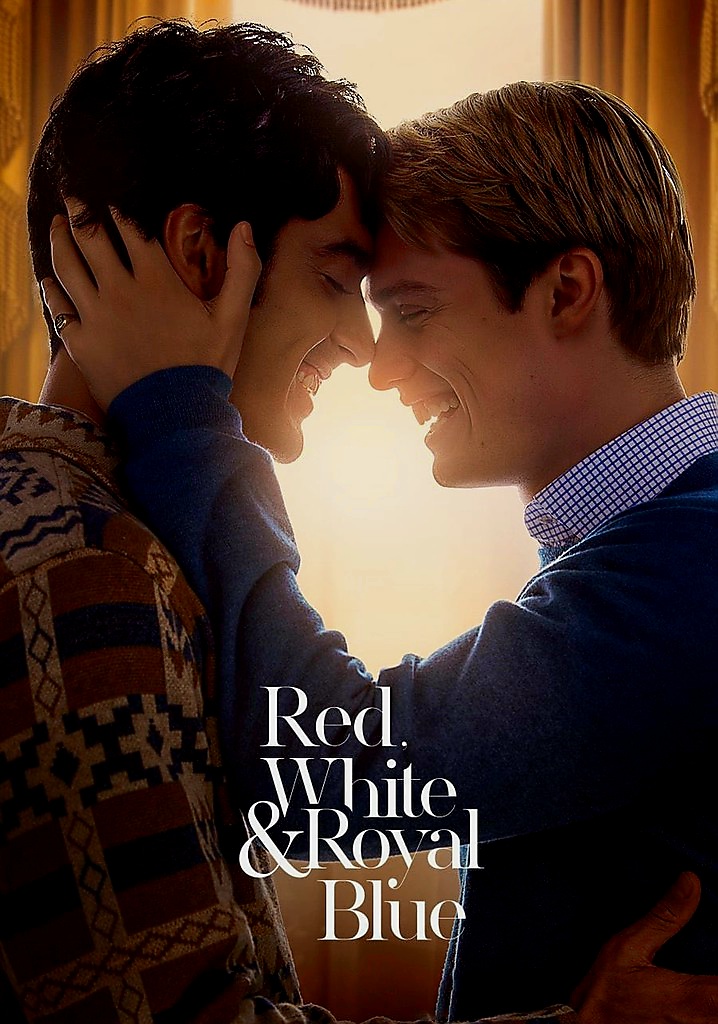
10. POSE: The Legacy (FX/Hulu)
This documentary miniseries honors the cultural legacy of POSE and the real-life ballroom legends who inspired it. Featuring interviews with cast, creators, and icons from the scene, it’s a must-watch tribute to queer history and resilience.
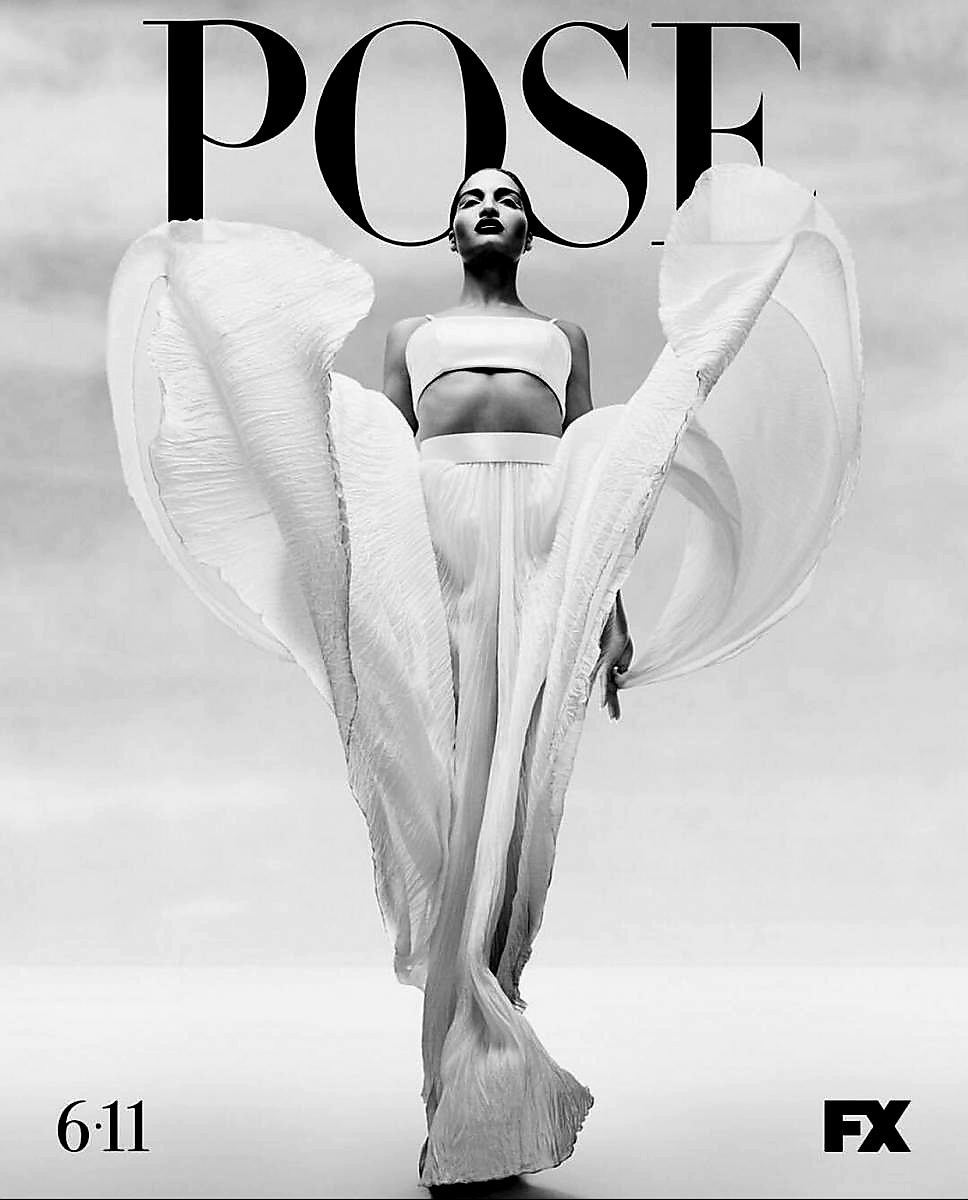
Whether you’re looking for laughter, tears, romance, or revolution, these Pride Month picks for 2025 offer it all—while honoring the complexity and beauty of LGBTQIA+ lives. So press play, turn up the volume, and let queer stories shine this June and beyond. Happy Pride! 🏳️🌈
Arts & Culture
Chaos and Clarity: Zen Aesthetic in Oj Hofer’s Art

by Jing Ramos |
Oj Hofer, our fashion contributing editor, is a Fine Arts graduate from the University of the Philippines. Though he began painting at the age of eight, his artistic journey took a transformative turn in 2013. While volunteering as a costume designer for Siddhartha: The Musical, he encountered Venerable Master Hsing Yun’s One-Stroke Calligraphy, sparking a deep devotion to Japanese sumi-e painting and kanji calligraphy. Over the years, he refined his craft, using his art to share the Dharma through exhibitions while supporting the Hsing Yun Educational Foundation. In 2022, his spiritual path deepened at Nan Tien University, where he embraced Zen and Humanistic Buddhism, shaping his artistic philosophy.
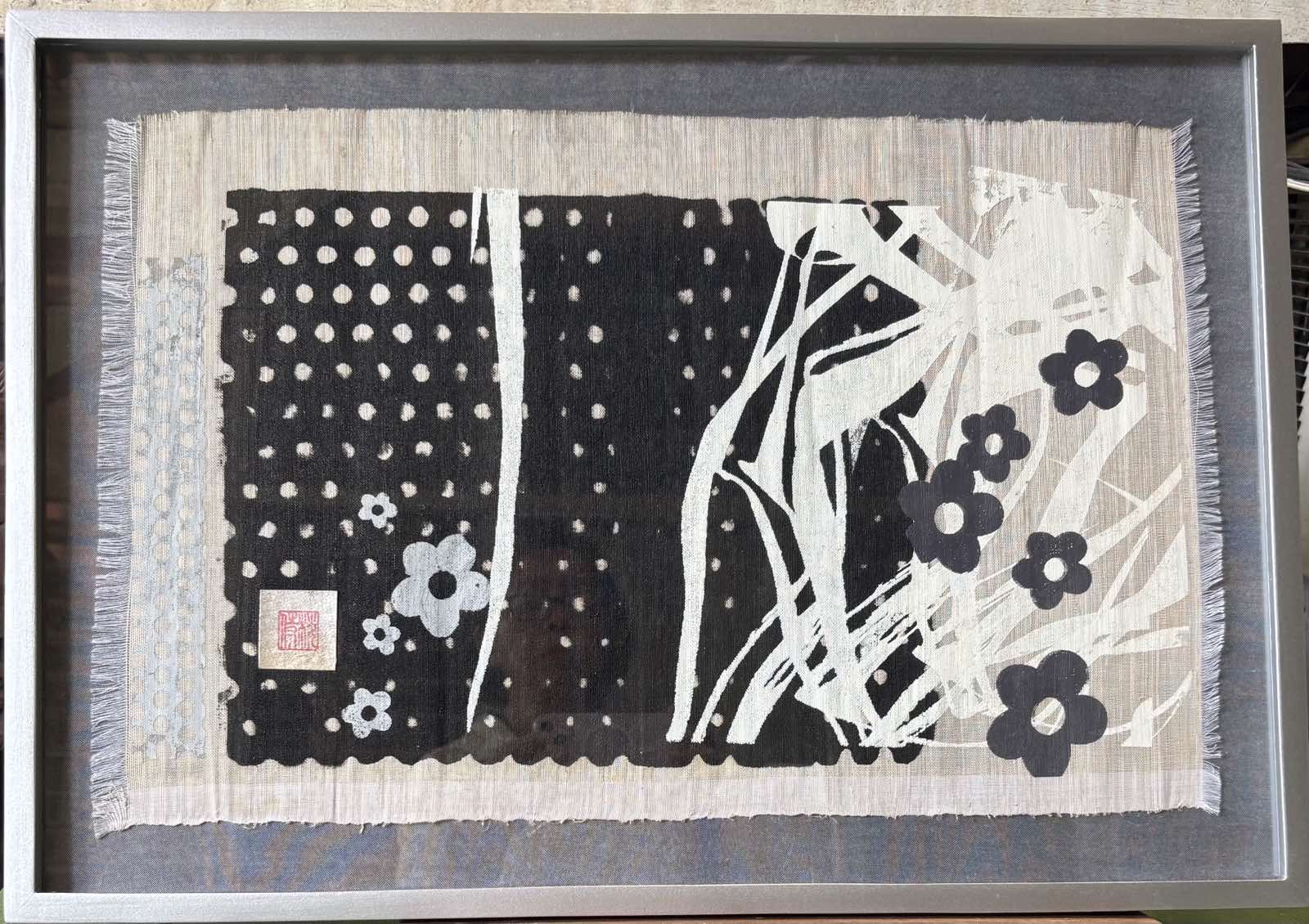
“Plum Blossoms in Moonlight.” Serigraphy on abaca.
In his recent works, Hofer merges traditional calligraphy with serigraphy, drawing inspiration from his friend Charles Lahti—an internationally recognized New York-based painter and printmaker. Lahti, known for his collaborations with post-war American artists like Robert Rauschenberg, Donald Judd, Andy Warhol, and LeRoy Neiman, introduced Hofer to silkscreen techniques. Through a workshop Lahti conducted in Cebu—arranged by their mutual friend Greg Urra—Hofer integrated silkscreen into his Zen artworks, particularly those on abaca.

“The Circle of Harmony” Serigraphy and Calligraphy on abaca.
Hofer’s cross-disciplinary approach challenges conventional Zen aesthetics. His layered paintings on abaca may seem far from tranquil at first glance, but closer contemplation reveals a meditative core. His serigraph of an Enso circle, for example, initially appears chaotic, filled with Tang Dynasty poetry and overlapping, repetitive forms. Yet, by focusing on a single calligraphic element, the viewer experiences a moment of clarity—a glimpse of awakening within the visual complexity.
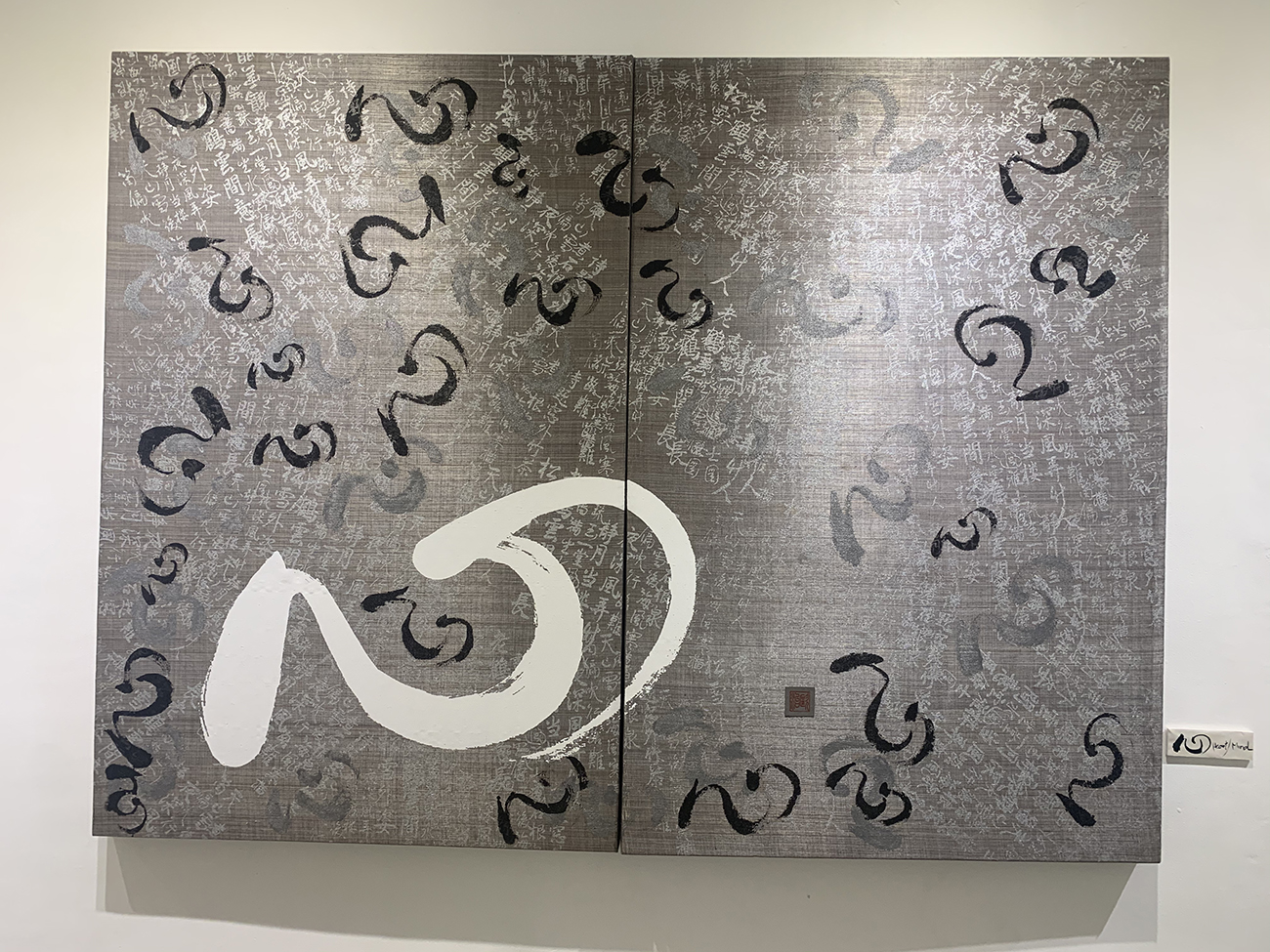
“Monkey Mind” Serigraphy and Calligraphy on abaca.
Even more engaging is his diptych Monkey Mind. At odds with the traditional Zen emphasis on negative space, this piece is deliberately busy, reflecting the restless nature of the mind. A distracted viewer may struggle to find a focal point, but one attuned to emptiness and presence will perceive clarity amidst the seeming disarray.

Ink and intention—creating calligraphy in support of one of my advocacies.
By fusing Zen philosophy with the discipline of serigraphy, Hofer invites his audience to look beyond surface impressions and discover stillness within movement, balance within complexity. His art does not merely depict Zen—it embodies the paradoxes at its core, offering a path to mindfulness through the act of seeing and the experience of doing.
Arts & Culture
What is Sappia? The Rice Myth Goddess of Bohol Who Helped Feed the People During a Great Famine
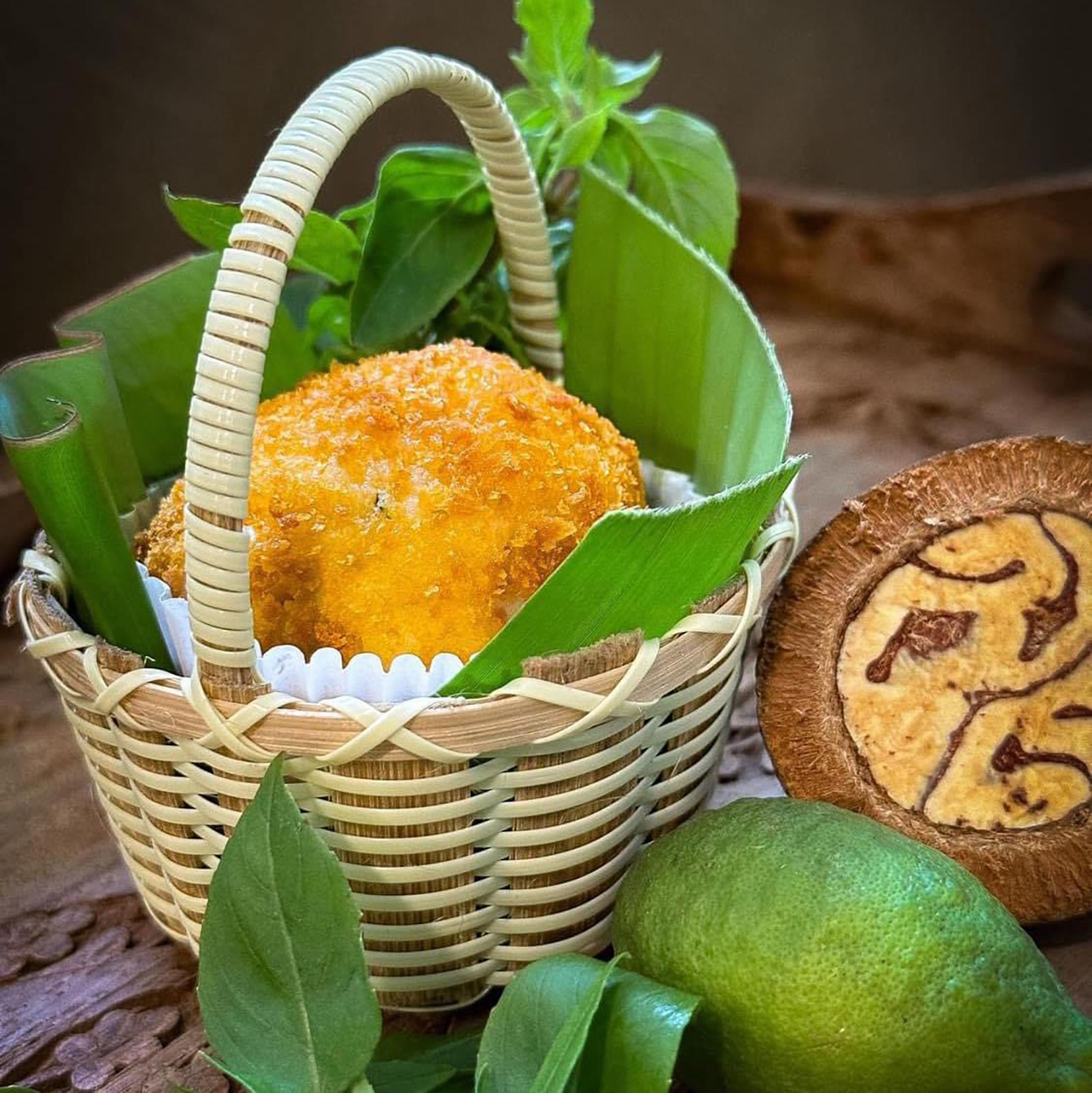
by Emma Gomez
The story began when the people of Bohol started to experience hunger and famine. All the livestocks were inedible and the fields were dried out leaving only weeds planted on the ground. The people prayed to the goddess of mercy, Sappia, to ask for food.
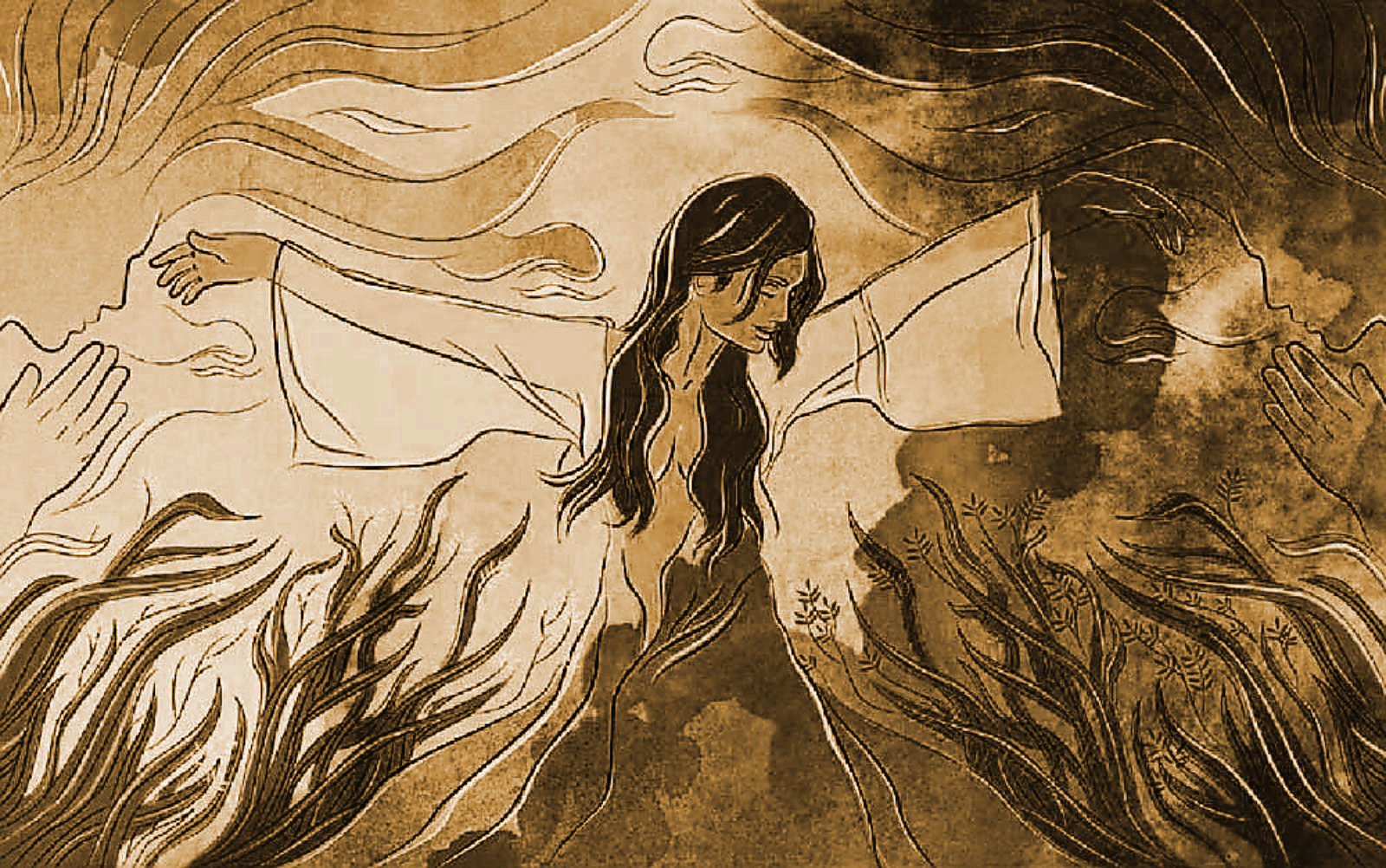
Sappia, the rice myth goddess of Bohol
Sappia, from the heavens, heard the cries of the people. She saw the dense population of weeds and offered to help them. Sappia thought of nourishing the weeds to be edible and healthy for the people of Bohol. Straightaway, she sprinkled the weed with milk from her bossom. She emptied each breast until blood came out. Before she left, she whispered to the weeds that they may be nourished and be able to feed the people.
When harvest season came, the people of Bohol quickly gathered the nourished weeds. They observed that the ones sprinkled with milk were white, while the other were red. They called the new plant rice and they replanted these in honor of Sappia, and for the people to devour.
-
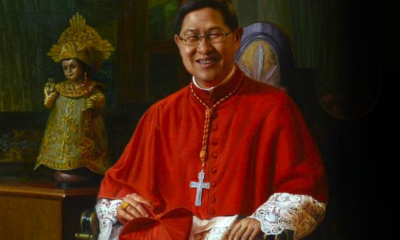
 People3 months ago
People3 months agoThe Cardinals–an Amazing Gallery of Portraits on Cardinals in the Philippines by Artist Jun Impas
-

 QuickFx1 month ago
QuickFx1 month agoHill Station Baguio-Mitos Benitez-Yñiguez Raises the Bar with a Gastronomic Experience in a Cultural Heritage Building
-
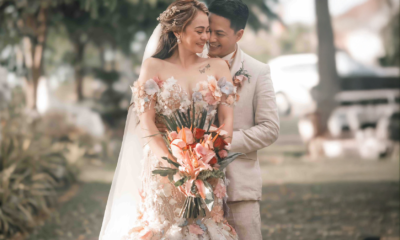
 People2 weeks ago
People2 weeks agoA Destination Wedding in Capiz; A Love Story in Focus
-
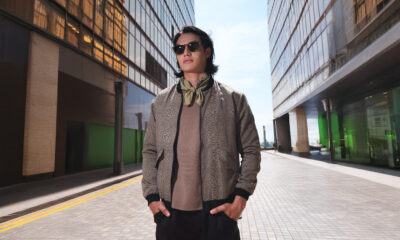
 Style2 months ago
Style2 months agoFilippo Summer/Spring 2025 Menswear Collection-Fashion Designer Phillip Rodriguez Stays on Top of the Game
-

 QuickFx2 months ago
QuickFx2 months agoArt Beat–Maris Holopainen returns to the Original Qube Gallery Crossroads with a Smash Hit in Unscattered Voices
-

 Beauty & Wellness3 months ago
Beauty & Wellness3 months agoThe Lowdown on IV Drips–Dr. Victoria Jordan Sarmiento Opens Krowne Premiere Medical Aesthetics to Promote Overall Well-being
-

 Events2 months ago
Events2 months agoSome Enchanted Evening–Marguerite Lhuillier hosts a Despidida Dinner for Eva Gullas in her Fabulous Post-Modernist Maria Luisa Mansion
-

 Prime Target3 weeks ago
Prime Target3 weeks agoMucho Garcia: Cebu to NYC — Living the Dream, One Role at a Time


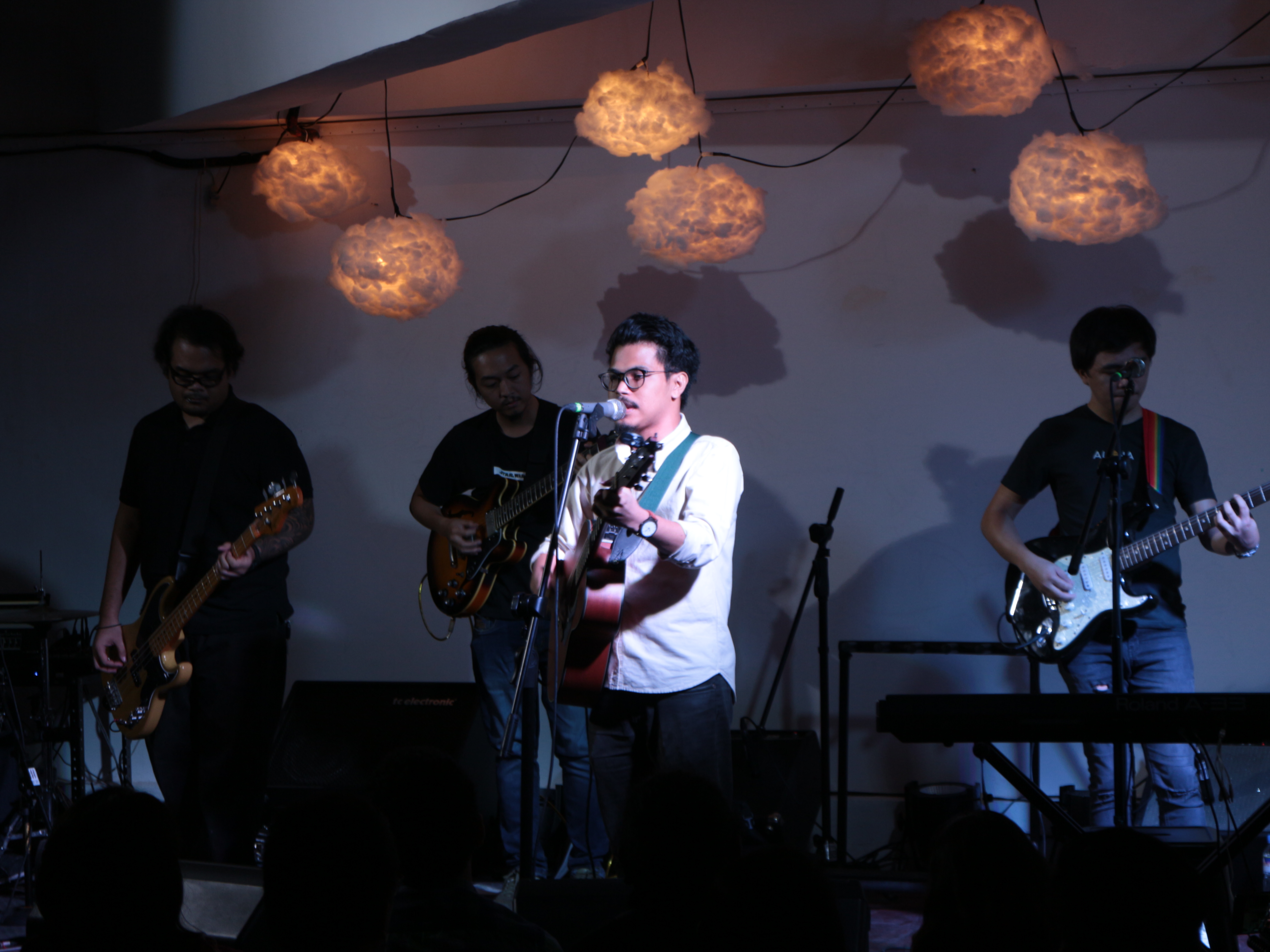

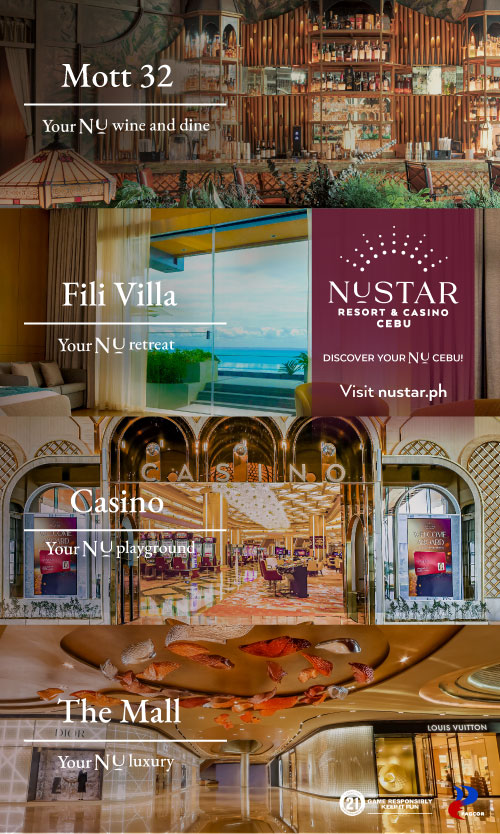



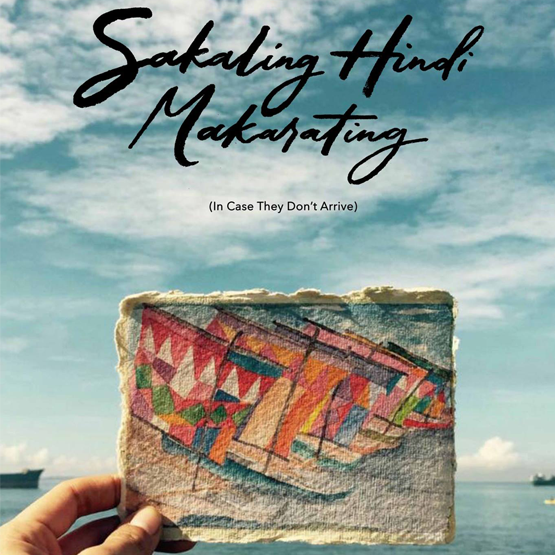





You must be logged in to post a comment Login